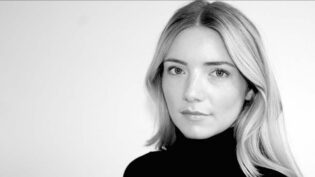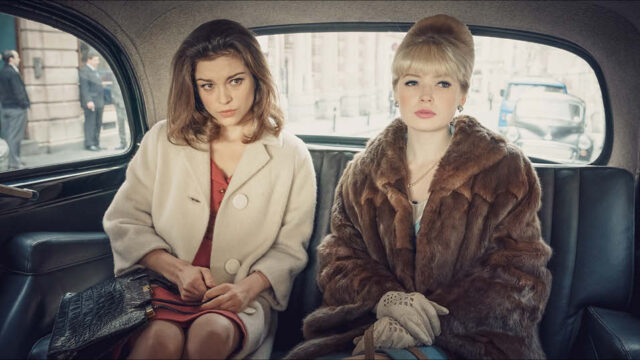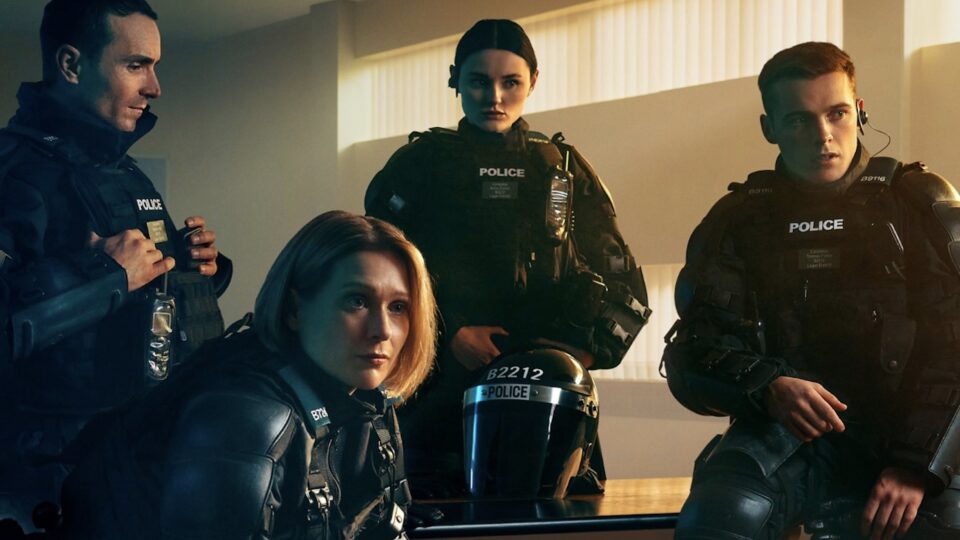The grade provides a consistent ‘look’ to a drama, but a great grade can enhance mood, focus and narrative flow.
In Televisual’s Spring issue, we asked four top grading artists about their craft.
In the second of the series, here’s the interview with The Farm’s Nuala Sheridan (Anne Boleyn, Together, The Trial of Christine Keeler, The Split, Mum, Alex Rider)

I like to get in as early as possible on a project. Initial conversations with the Director and DP along with camera tests help to develop an innate understanding of what they are hoping to achieve. Making LUTs that are carried through to editorial help to cement these ideas, but most importantly it ignites a spark in me. I’ll start to think about my approach in the months leading up to the first episode.
I start with broad strokes, develop some looks and see how they feel across key scenes. Then I’ll go back over a scene and balance. Following this, it’s back to the top again to build in shaping and add intricacies e.g., beauty work, light VFX work.
Through Covid we would have a meeting over Zoom with myself, the Director and the DP prior to any grading. It’s a great opportunity to discuss ideas, share any issues they had on set and help develop a shorthand. The DP will take me through their visual references or might ask me to watch a film they’ve been influenced by.
Inspiration can come from anywhere. The other day I caught myself putting a grade on the sky whilst driving! Influences and style change over time. In my early grading years, it was easy to overwhelm a grade with my need to experiment but now I feel confident in my ability to identify what approach is best for the project.

I usually grade HDR first. If it’s the first time a client has seen their images in HDR I might need to guide them through the process. I might switch between HDR and SDR to illustrate the difference initially, but then stay in HDR for the rest of the day. You have to trust your eyes. When I leave my suite at night after grading HDR all day, it’s beautiful to see how the image on my monitor is a better reflection of the way I see the world.
Being a Colourist is the perfect mix of art and technology. Researching, testing and making sure you have a good grasp of the technology makes for better artistic decisions. This is especially evident in HDR. Even though there is much more to play with, it doesn’t necessarily mean you have to use it, however, it is incredible for scenes that lend themselves to a more energetic highlight or a deeper saturation as you can really lean into it.
The HDR and SDR are of equal importance. Yes, the majority of people will only see the SDR but in Dolby Vision, especially if everything looks amazing in HDR, the SDR will fall nicely into place.
A good grade is one that feels part of the story, an added texture to the cinematography that doesn’t feel like an afterthought. Also, one that works with the costume and set design instead of fighting against it.
You have to know what makes a good image. Being able to look at a shot, identifying how you can make it better and then execute it. It may sound simple but developing this skill, replicating it over thousands of shots and fast is what makes a good Colourist. Being able to do this whilst working collaboratively with clients, retaining their vision and producing something you are proud of.
Jon Creamer
Share this story

















